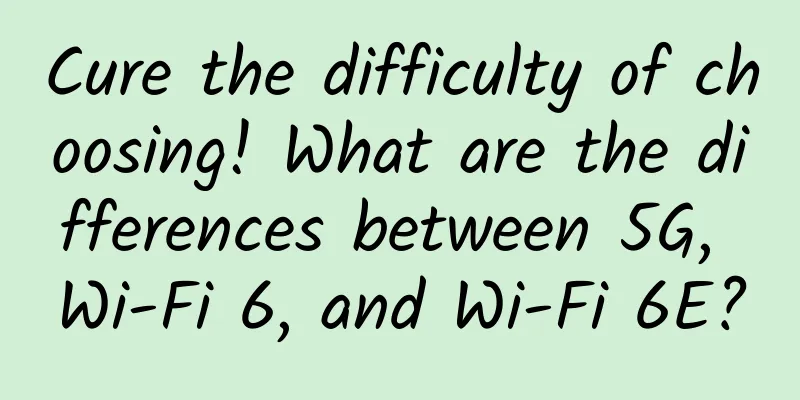Three key reasons why automakers are adopting 5G

|
Automakers are already taking the lead in incorporating 5G into their product development plans as mobile network operators are set to launch new high-speed 5G networks in 2020. There are several reasons why automakers are quickly adopting 5G—but three stand out: the long product development and adoption cycles, the cost-effectiveness of 5G for automotive connectivity services, and the ability for them to differentiate themselves with new and enhanced connected car features.
Long product development and use cycle The complexity of current automotive design, combined with the need to evolve designs to meet anticipated future customer needs, and extensive government safety testing requirements, means that it can take three to four years for a new car to go from the drawing board to the factory floor. Furthermore, once sold, the average life expectancy of a car is 10 to 15 years. Therefore, automakers must look to the future when designing automotive connectivity and ensure that this connectivity not only helps differentiate the car at launch, but also provides ongoing connectivity services throughout the expected life of the car. Automakers are already working on new car designs for 2021 and 2022, when mobile operators will rapidly roll out 5G networks around the world, and they want to ensure that they can offer 5G connectivity to new car buyers once the networks are available. In addition, automakers need to assume that current 4G networks have a limited lifespan, as many operators have already shut down 2G networks and announced plans to shut down 3G networks in the coming years. The shutdown of the OnStar wireless network in 2007 is still fresh in the minds of many automakers, and consumers were frustrated when those OnStar services were no longer available. Automakers want to ensure that cars rolling off the production line in 2021 will not only be able to offer wireless connectivity to their customers, but they also want assurances from mobile operators that the necessary, widespread wireless network coverage will continue to be available through 2030 — requiring manufacturers to integrate 5G technology into their new vehicle designs now. Cost-effectiveness of 5G adoption 5G networks will support faster speeds than existing mobile networks, which could result in mobile operators charging less for data transfer. Therefore, even though 5G will be a new technology in 2020, mobile operators may price 5G data rates lower than 4G, especially for companies that can purchase data rates in large volumes. For automakers that plan to bundle wireless connectivity into cars, or simply offer such connectivity as a standalone service, such lower data charges could help them improve their return on investment for these mobile connectivity services. New and enhanced connected car services While autonomous driving continues to receive a lot of hype, it is connected car services that are really gaining traction in today’s automotive market. While automakers delivered approximately 10 million cars with embedded connectivity in 2015, representing approximately 10% of all new cars, this number is expected to grow to 30% of 100 million new cars by 2019. Furthermore, analysts predict that by 2025, all cars sold in developed markets will include IoT embedded telematics solutions. As more connected cars are sold, existing services such as navigation, infotainment, in-car wireless networks and IoT predictive maintenance are being enhanced, while new services such as insurance and electric vehicle-specific services are being launched. The distinguishing feature of infotainment and many other services? They benefit from continuous, high-speed, high-quality bandwidth, whether it is an in-car Wi-Fi system used by a group of business colleagues on their way to a meeting, or an infotainment service for children in the back seat of a minivan - playing animations. (From the Internet of Things Home Network) In addition, as automakers and car owners install a large number of connected car applications in their vehicles, the demand for more bandwidth is also increasing, both because of the data used by these services and because of the data required to continuously update these services. In both cases, 5G's higher speeds can provide significant benefits. Furthermore, although fully autonomous self-driving cars (Level 5) are still a long way from commercialization, new partially autonomous driving services may be launched in the next few years. These services can benefit from the direct vehicle-to-vehicle and vehicle-to-infrastructure communication capabilities provided by 5G. Manufacturers that do not integrate 5G into their vehicles will not be able to take advantage of vehicle-to-vehicle or vehicle-to-infrastructure communication technologies, which may reduce their ability to offer new partially autonomous driving services. In many ways, 5G is an evolutionary rather than revolutionary advancement in wireless connectivity, especially when it comes to connected car services and other mobile IoT applications. However, while the need may not be as immediate, there usually comes a time when industries need to embrace advancements and start innovating, or risk falling behind their competitors. For automakers and 5G network technology, that time is now! |
>>: Understanding the differences and application scenarios of TCP and UDP protocols in one article
Recommend
Webman uses RabbitMQ messaging middleware to implement system asynchronous decoupling practical tutorial
Introduction RabbitMQ is an open source message b...
Don’t let “soft power” hinder development in the 5G era
The arrival of 5G not only makes the Internet of ...
The UK invests £1 billion to build a full-fiber network, and 5G and ultra-fast broadband will soon benefit 2 million households
[[177138]] In the near future, 2 million househol...
Ele.me Cheng Yanling: Share the correct way to open the era of multi-active operation and maintenance of the whole site
[51CTO.com original article] On December 1-2, 201...
16 Useful Bandwidth Monitoring Tools to Analyze Network Usage in Linux
Why are today's networks so slow? Are you hav...
Automation in SD-WAN and why you need WAN acceleration
Robert Sturt, general manager of streaming servic...
The difference between TCP and UDP and detailed explanation of flow control, congestion control, fast retransmission, and fast recovery algorithms
[[413351]] Differences between UDP and TCP In the...
How can you avoid anxiety when doing SaaS?
1. The harder you work, the more anxious you beco...
Scientists convert Wi-Fi signals into electricity to charge devices
Wireless charging, which we often refer to, gener...
2022, 6G development continues to heat up
Development of 6G networks is gathering pace, wit...
Reality or illusion? Challenges of NFV adoption in the enterprise
To further strengthen the use case for enterprise...
Opportunities and challenges of the 5G golden frequency band: Is the 700MHz industry chain ready?
Spectrum resources are the core resources for the...
What you don’t know about blockchain is quietly subverting banks, BAT
Fintech is a phenomenal concept. With the rapid d...
The Role of Machine Learning and AIOps in Network Performance Management
Before the pandemic brought a shift in business o...
RackNerd: $17.88/year KVM-1.5GB/25GB/3TB/Los Angeles, Seattle, San Jose and other data centers
RackNerd is a foreign hosting company founded in ...









